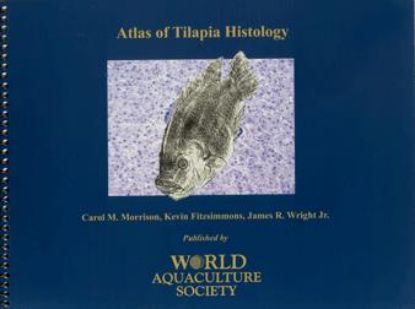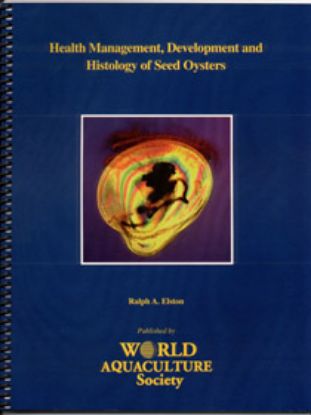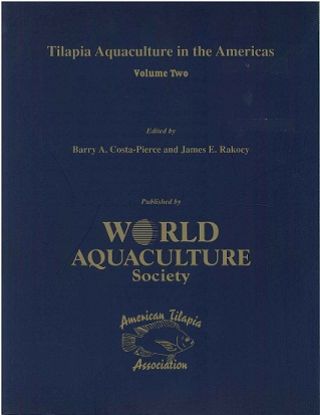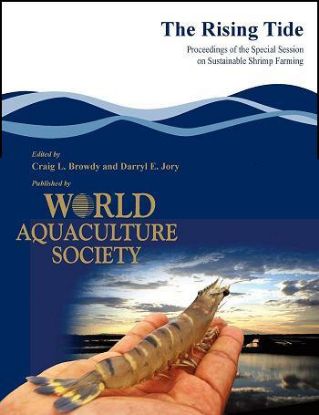WAS Books
Microbial Approaches to Aquatic Nutrition in Environmentally Sound Aquaculture Production Systems
Review papers and reports of original research by leading experts on microbial ecology, water quality, pond dynamics, rumen ecosystems, wastewater treatment, and a variety of aquaculture production systems.
Biosecurity in Aquaculture Production Systems: Exclusion of Pathogens and Other Undesirables
This book contains 13 peer-reviewed and edited papers that were presented at the workshop, “Biosecurity in Aquaculture Production Systems: Exclusion of Pathogens and Other Undesirables,” held in Honolulu, Hawaii, July 23-26, 2001
Atlas of Tilapia Histology
The Atlas of Tilapia Histology provides a key reference work on normal anatomy and histology of Oreochromis niloticus. The book is comprehensive with 197 full color annotated plates depicting Tilapia strains, gross anatomy with dissections and histology.
Aquaculture and Ecosystems: An Integrated Coastal and Ocean Management Approach
ELECTRONIC ONLY
Crustacean Nutrition: Volume VI
An excellent resource and teaching tool for anyone interested in the nutrition of crustacean species.
Health Management, Development and Histology of Seed Oysters
A basis for systematic diagnosis, and thus management, of oyster larval and seed diseases.
Tilapia Aquaculture in the Americas, Volume Two
Volume Two of this popular series is now available from The World Aquaculture Society.
Shrimp Culture: Economics, Market, and Trade
The growth in the demand for and culture of shrimp has exceeded most expectations and this growth is expected to continue until at least 2025. A proper knowledge of the economics, market and trade for shrimp is now as important to shrimp farmers and aquaculture scientists in the future of shrimp, as is disease management or husbandry. Print on Demand Title
The Rising Tide - Proceedings of the Special Session on Sustainable Shrimp Farming
The present volume, the fifth in this highly regarded series reviews some of the most recent important trends and advances in marine shrimp farming providing a wealth of valuable information for students, researchers, producers and suppliers involved in this formidable industry.
Tilapia in Intensive Co-culture
Intensive tilapia co-culture is the commercial production of various species of tilapia in conjunction with one or more other marketable species. Tilapia are attractive as a co-cultured fish because of their potential to improve water quality, especially in penaeid shrimp ponds, by consuming plankton and detritus and by altering pathogenic bacterial populations while increasing marketable production.
Editors: Peter W. Perschbacher and Robert R. Stickney
ISBN: 978-1-118-97066-9 368 pages February 2017, Wiley-Blackwell


























